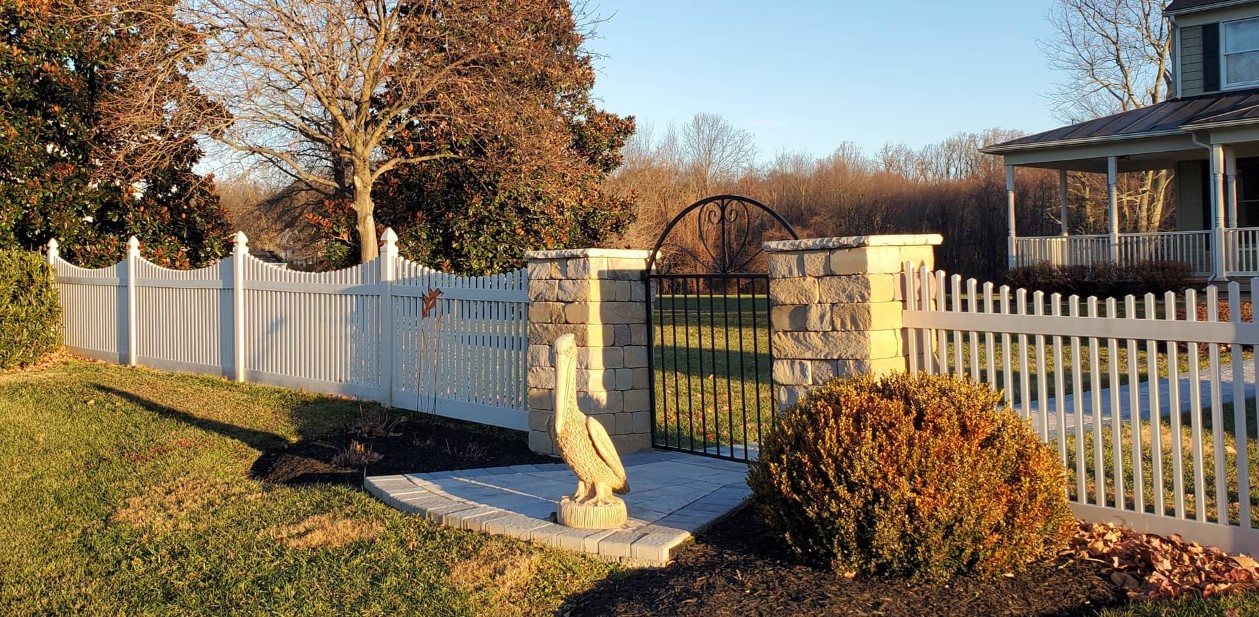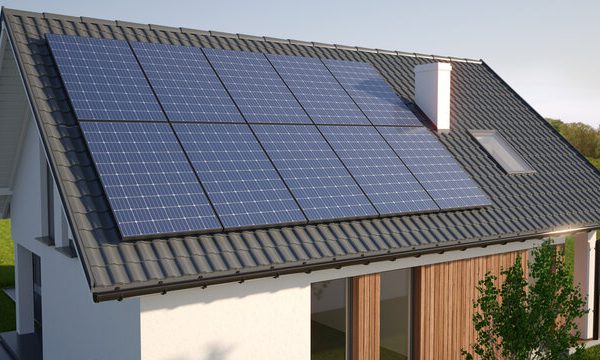Installing a fence is one of the most effective ways to define property boundaries, enhance curb appeal, and add security to your home or business. Whether you want privacy, protection, or simply a decorative upgrade, fence installation can be a rewarding project. This article explores the key aspects of fence installation from planning and materials to benefits and hiring professionals.
Why Install a Fence?
Fences serve various purposes, depending on the property owner’s needs. Here are some common reasons people choose to install fences:
-
Privacy: Keep unwanted views out and personal spaces secluded.
-
Security: Protect property from trespassers and keep pets or children safe.
-
Aesthetics: Improve the visual appeal and structure of your landscape.
-
Noise Reduction: Minimize external sounds, especially in busy urban areas.
-
Boundary Definition: Clearly mark the limits of your property to avoid disputes.
Types of Fencing Materials
Choosing the right material is crucial. Each type has its own look, durability, and maintenance level.
-
Wood Fencing
-
Natural, classic look
-
Offers high privacy
-
Requires regular staining or sealing
-
-
Vinyl Fencing
-
Low maintenance
-
Weather and insect resistant
-
Variety of colors and styles
-
-
Chain Link Fencing
-
Economical and durable
-
Less privacy unless fitted with slats
-
Ideal for large areas or commercial use
-
-
Aluminum or Wrought Iron
-
Strong and stylish
-
Great for decorative purposes
-
Needs occasional painting to prevent rust
-
-
Composite Fencing
-
Made from recycled materials
-
Resistant to decay and insects
-
More expensive but long-lasting
-
Fence Installation Process
Installing a fence requires careful planning and execution. Here are the general steps:
1. Planning and Permits
-
Check local zoning laws and HOA rules.
-
Get necessary permits.
-
Locate underground utilities before digging.
-
Mark your property lines clearly.
2. Choosing Fence Style and Material
-
Match the style to your home’s architecture.
-
Choose materials based on budget and maintenance level.
3. Preparing the Area
-
Clear any obstacles like shrubs or debris.
-
Measure and mark post locations with string and stakes.
4. Installing Fence Posts
-
Dig post holes using a post hole digger.
-
Set posts in concrete for stability.
-
Ensure all posts are level and evenly spaced.
5. Attaching Panels or Rails
-
After posts are set, attach rails or panels using brackets or screws.
-
Make sure everything aligns straight and level.
6. Finishing Touches
-
Add gates or decorative caps if desired.
-
Paint or stain if using wood.
-
Inspect for any adjustments needed.
DIY vs Hiring Professionals
While some homeowners opt for DIY fence installation, hiring a professional ensures durability, compliance with local codes, and a polished look.
DIY Pros:
-
Cost-saving
-
Full control of the project
DIY Cons:
-
Labor-intensive
-
Risk of mistakes
-
Time-consuming
Professional Installation Pros:
-
Faster, high-quality work
-
Expert handling of materials and tools
-
Warranty or guarantees often included
Conclusion
Fence installation is a valuable investment that improves your property’s privacy, safety, and visual appeal. Whether you go the DIY route or hire a professional, taking the time to plan properly and choose the right materials will pay off in the long run. With the right fence, you can enjoy greater peace of mind and a more attractive property for years to come.









